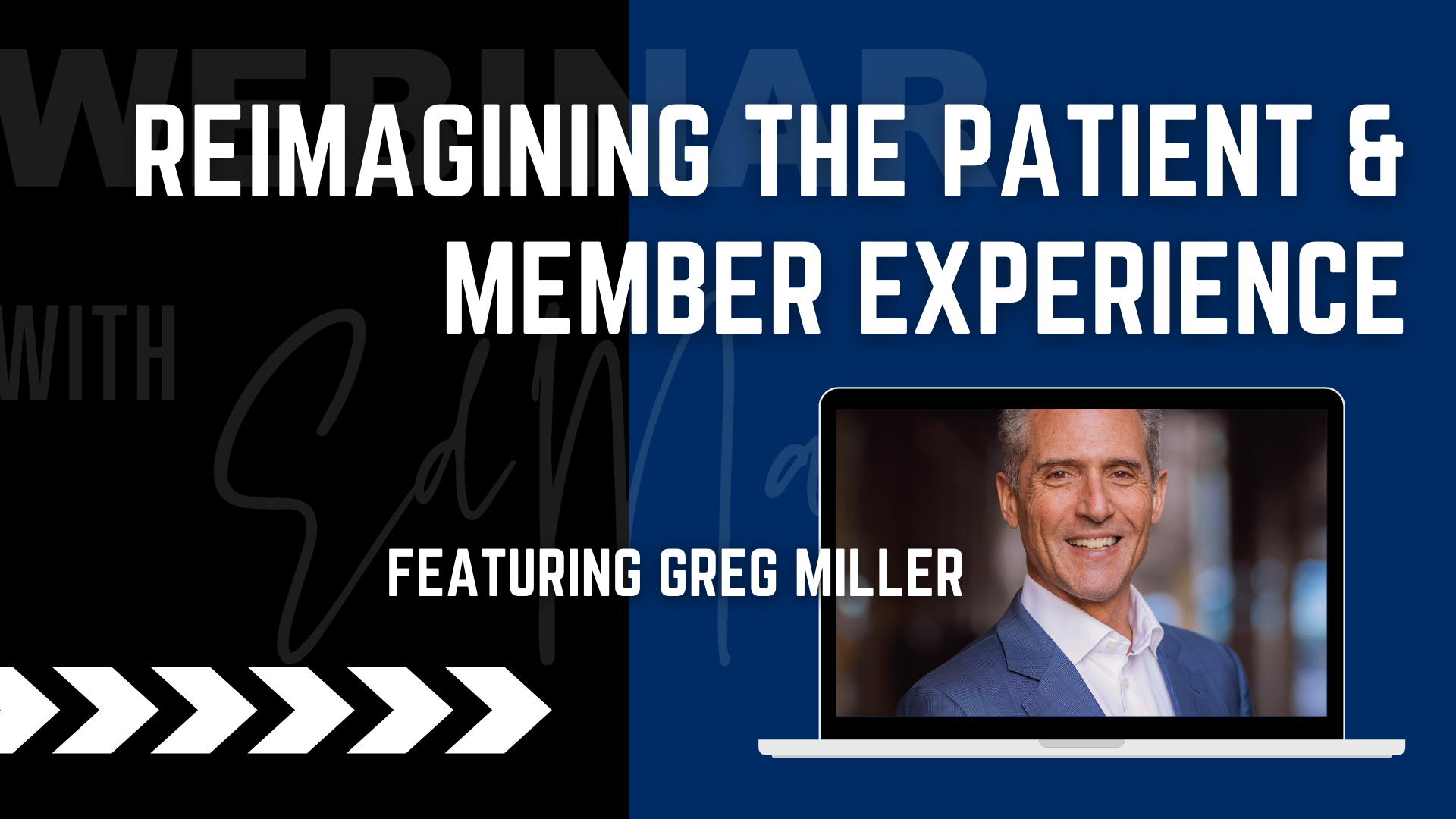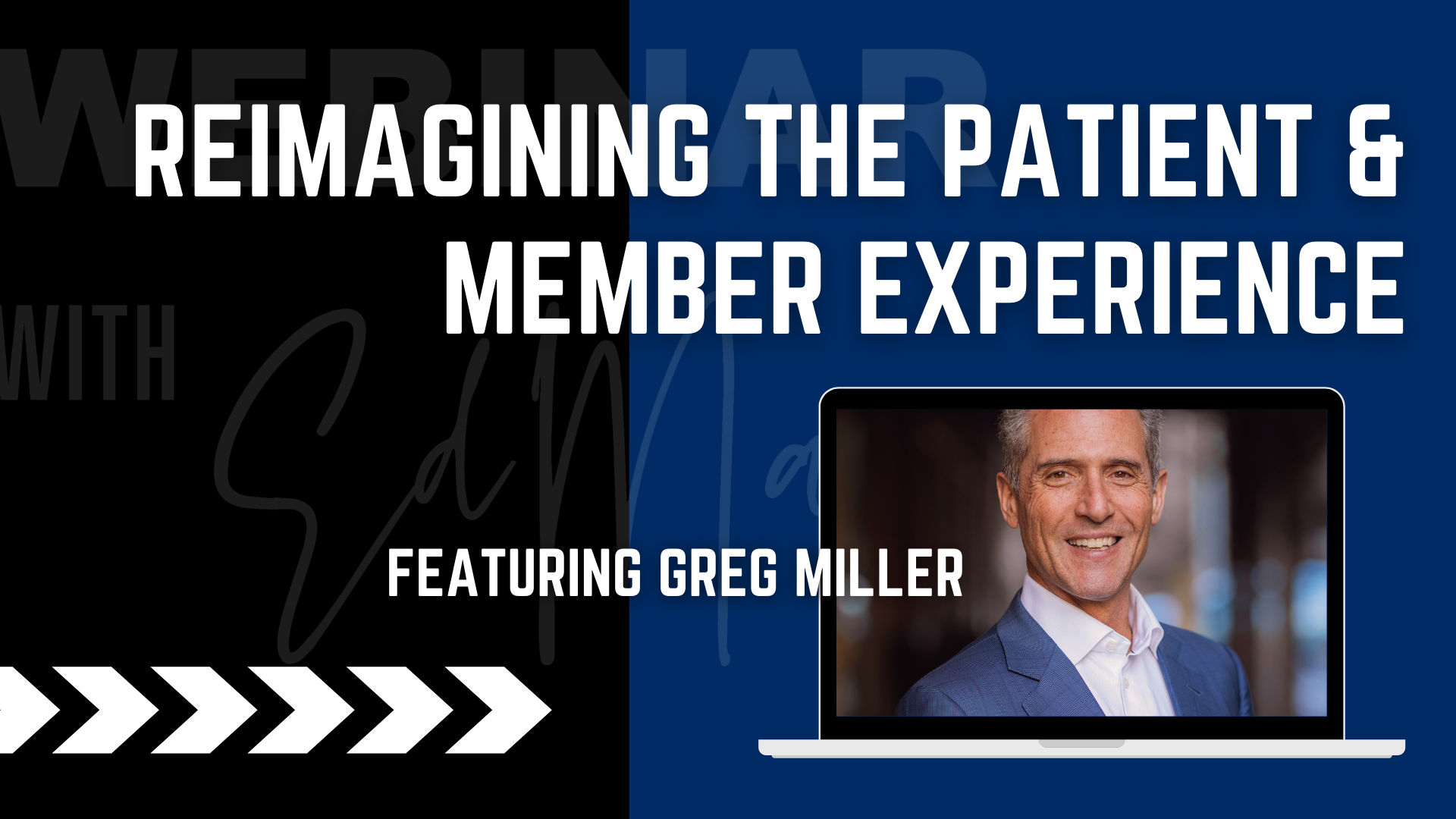Reimagining the Patient & Member Experience


In the first live DGTL Voices Webinar, The HCI Group welcomed Greg Miller to help us reimagine the patient and member experience within the healthcare industry. The patient experience is critical to the success of all organizations, be that payor or provider. We know that there is a higher expectations today more than ever that customers, consumers, patients can receive the same experience they get when using a service like Amazon. One button, one touch and easy, simple use. That is what all healthcare organizations are striving to do in terms of improving the healthcare experience. The easier we can make it, the better it is for everyone involved.
Greg Miller is the Vice President of Industry Strategy, Healthcare and Life Sciences at Talk Desk. He is passionate about transforming healthcare to deliver better patient and member outcomes. He began his healthcare career at Tufts New England Medical Center in Boston and for the past 35 years has been helping healthcare providers, payors and life science companies apply innovative technology to improve clinical and financial operations, with a patient and member-centric approach.
What industries have you worked with that healthcare can learn from?
The ones most referred to are Amazon and Uber where you can order a car on just about any street corner in the world. Those companies all provide great experiences, but I would also suggest Delta as another who should be on that list. Prior to covid I was a very frequent flyer for more than 30 years and I love Delta because you can fire up the app, book anything, order my meals ahead of time or if I'm in the air and I know my plane is delayed, I know that I will already be booked on the next available flight.
The key thing is that the process is proactive and personalised to me as the patient. They are already one step ahead of the customer and it adds to the experience. We as people are very used to interacting with companies like this in a multi-channel sort of way. If you have to call an organization these days, it is seen as a failure on that company. Healthcare has a lot to learn from these industries, as this is what our patients have come to expect.
Best practices for patient experience
A best practice would be "human centered design". An example of a failure to implement human-centered practices come from a friend of mine, who recently needed to have a surgical procedure done. He decided to "shop around", going to the major health system in his market first to get a price, looking around to a few others, before ultimately coming back to the first hospital with the best price.
After he had had the procedure, he actually found that the bill was four times the number they had originally quoted him. When he questioned why this happened, he ended up having to call three different organizations, because they billed him separately and the estimate that he was originally given only covered the technical, hospital component. There was also a separate bill for the physician and physical therapist components. So, he had to end up calling each individual organization to resolve the billing issue.
Imagine going to a restaurant, making your order and receiving a separate bill from the waiter, the busboy, the chef and the person that cleaned your table. You'd think that was a crazy experience if that happened in a restaurant environment, but in a hospital you just tolerate it. However, our expectations are being established by the treatment that we would normally receive in a restaurant and it's time for hospitals to start focusing on human-centered design to improve patient and member experience. This is just one example of how we need to evolve on a practical level.
How would you include a patient in their processes to enhance user experience?
I would personally love to be involved in a focus group about re-engineering the patient experience. Every organization knows who their populations are and selecting a focus group depends on what type of experience you're trying to design. You need the think about the different aspects of care delivery and focus and identify the population of people that would fit the criteria of the individual project.
Given the current climate virtual focus groups are great alternative for organizations to gather everyone together without them being in the room. Thanks to covid we are all much more comfortable having virtual meetings. You can now get to a lot of people and include more voices in to your focus groups, meaning you will gather a broader and more effective information that will help you develop products and services that will enhance user experience.
